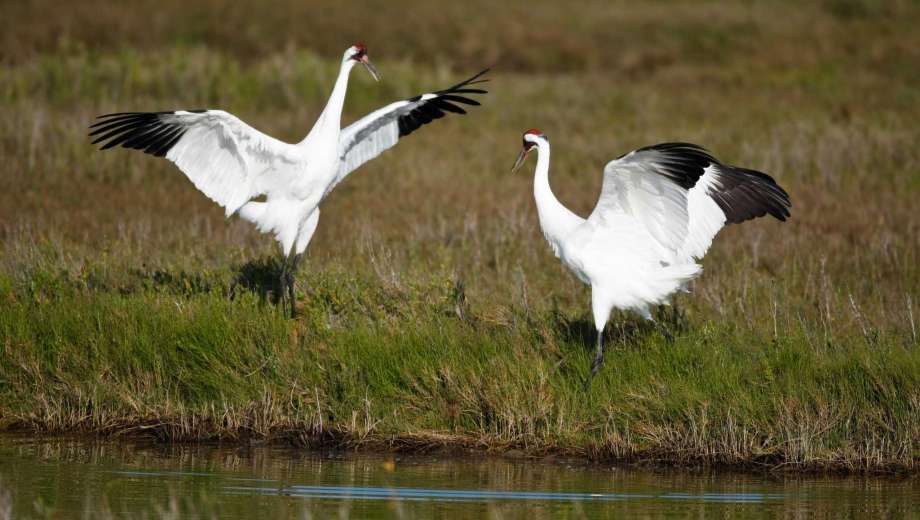Glacier National Park is on fire. It caught fire on Saturday, a day on which the temperature in the park reached 100 degrees F. That was the hottest day in recorded history for the park. It was partly evacuated and closed.
It’s clear that Montana is already becoming a vastly different place. In recent decades, warmer winters have helped mountain pine beetles thrive, turning mountains red with dead pines. In 1850, there were 150 glaciers in the area now known as Glacier National Park. Today there are 26. They’ve been there for 7,000 years — but in just a few decades, the glaciers of Glacier National Park will almost surely be gone. By then the park will need a new name. Glacier Memorial Park doesn’t have the same ring to it.
And, of course, the maladministration is in denial about it.
After a tour of wildfire-ravaged California on Sunday, Montana-born Ryan Zinke, President Trump’s Secretary of the Interior, proposed a more controversial cause: The reason there are too many fires is because there are too many trees.
“It doesn’t matter whether you believe or don’t believe in climate change. What is important is we manage our forests,†Zinke said, adding a shot against environmental groups that have curtailed logging on public lands. While forest management is important, Zinke’s comments made some worry that the Trump administration was hoping to use fires as an excuse to open more public lands for logging.
I suppose it’s true that if one cuts down all the forests there will be fewer wildfires. You might still have prairie fires and grass fires, however, until the dry conditions turn the entire West into a desert. So much winning!
In other environmental news, do enjoy the sight of migratory birds while you can.
 For the past 100 years, the Migratory Bird Treaty Act (MBTA) has, among other things, incentivized industries to avoid the intentional or unintentional slaughter of North America’s native birds, primarily using fines. But now, President Trump’s Interior Department has announced that it will no longer enforce prohibitions on “incidental takes†— the unintended, though still perhaps foreseen, killing of birds, as in open waste pits, uncovered oil spills, lit communication towers and low-visibility power lines.
It’s a bizarre, novel interpretation of the law, as the Audubon Society has pointed out, but it was well-received only by those who stand to benefit financially. The American Petroleum Institute, for instance, praised the decision for providing regulatory “certainty,†which it no doubt does for those eager for one less troublesome chore per toxic waste pit. Where companies would have previously been expected to place nets over poisonous waste pits to discourage birds from landing in their deadly waters, the Trump administration’s decision removes any penalties for failure to do so. Some firms might still bother; others probably won’t.
This is what happens when you allow industry, rather than science, to make environmental law. Keep in mind that industry doesn’t need a lot of extra poor people around, either.

